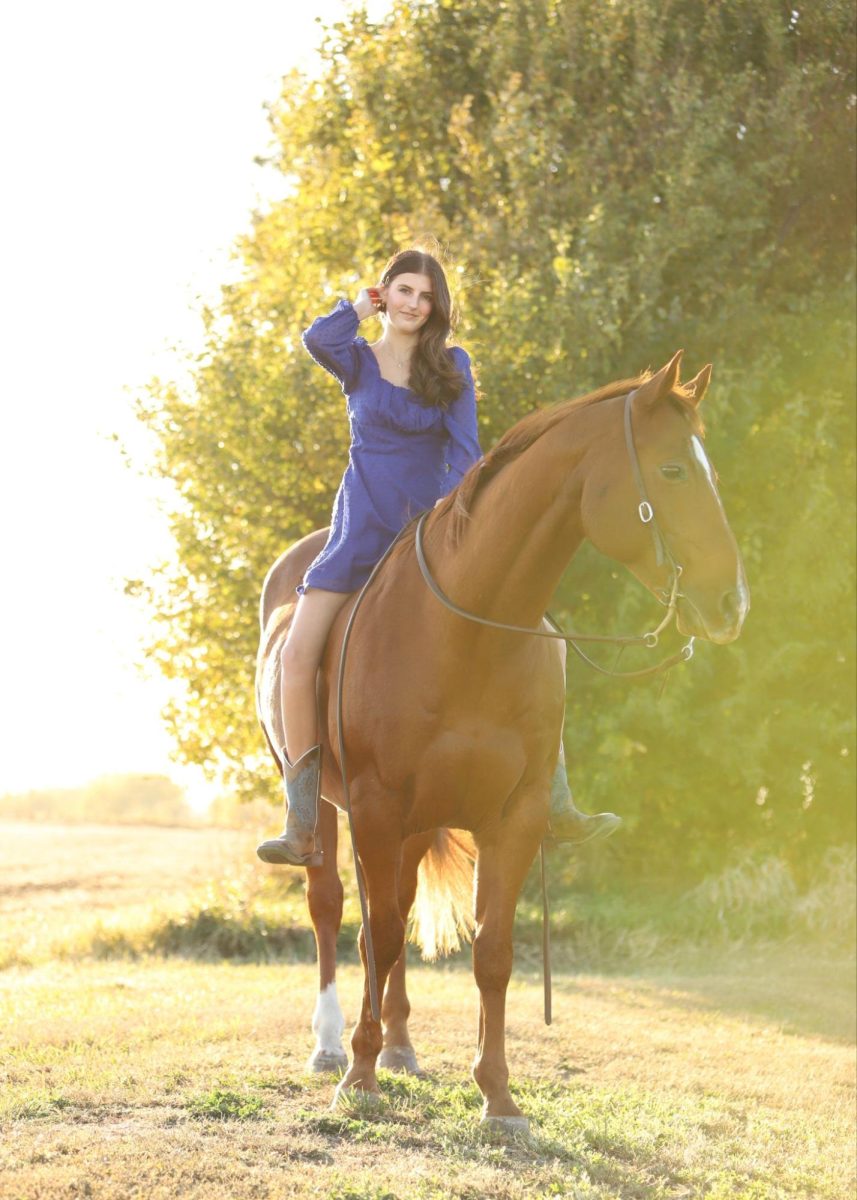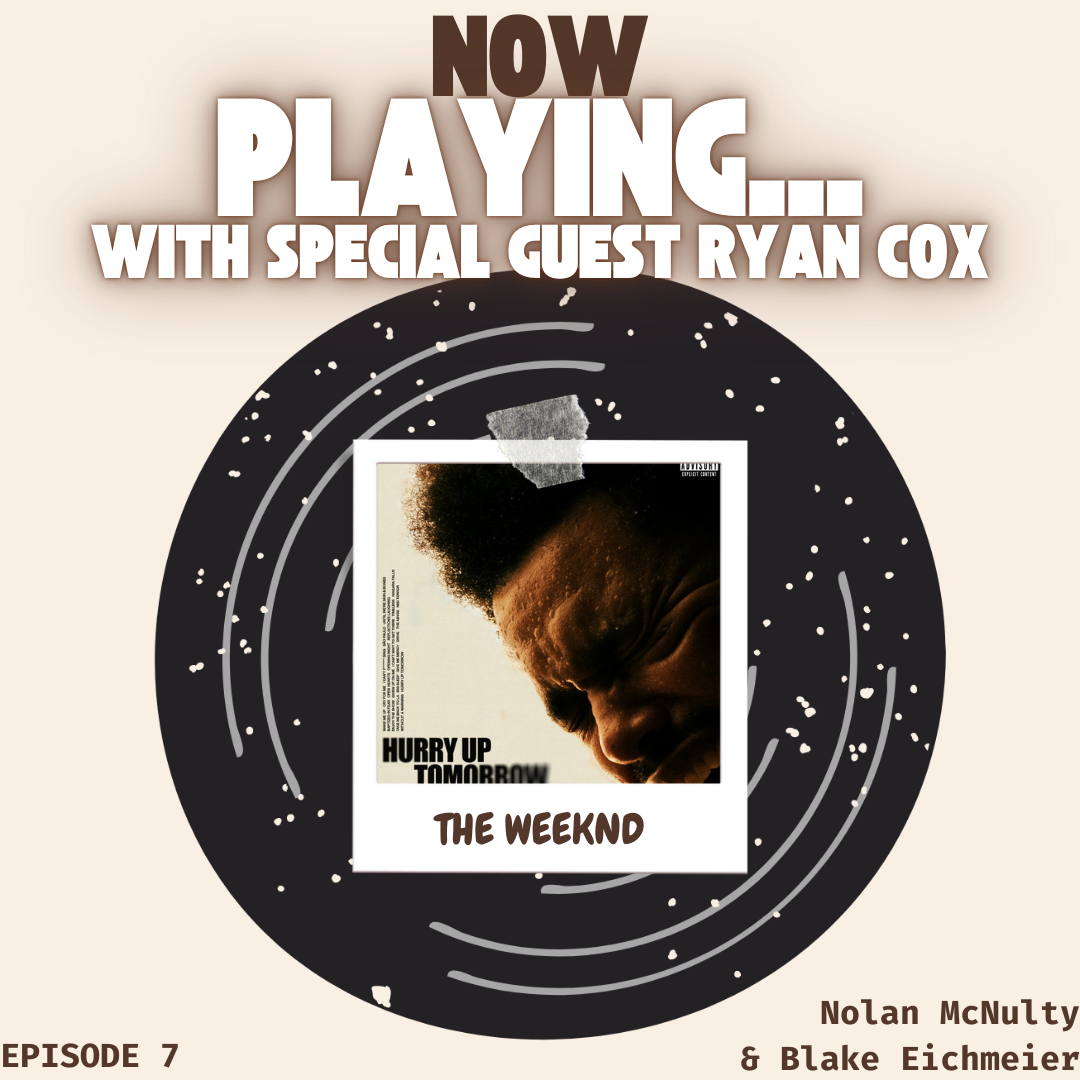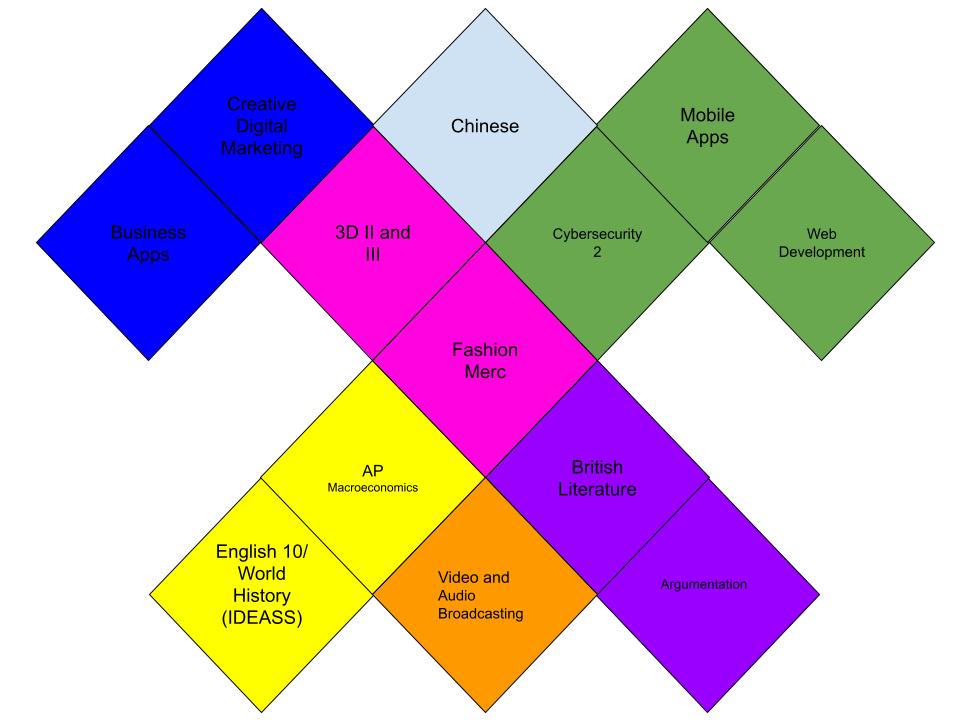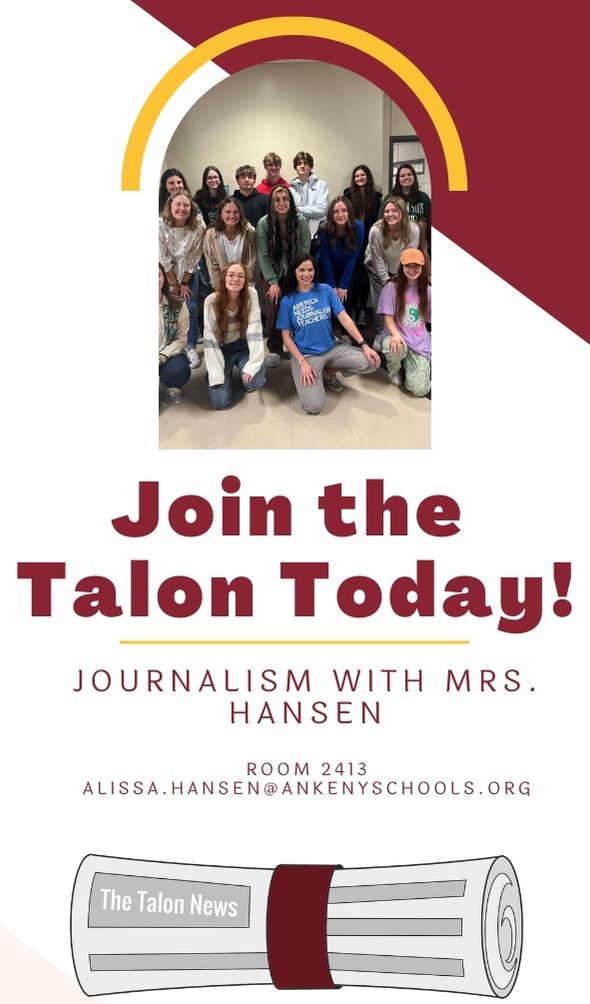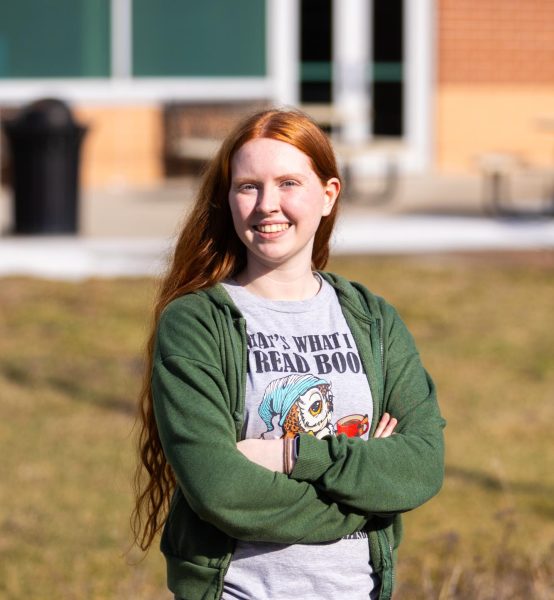AHS has had flexible scheduling in the past for classes because of student choice, but there are some classes that will not be offered for the 2024-2025 school year.
Ankeny High School (AHS) has had changes to course offerings before. However, this year there have been some major changes. Next school year, Chinese and Video and Audio Productions will not be offered for students to request. It is also possible that without enough students signed up, Acting II, Advanced Journalism, and around approximately 18 total courses may not run next year as well. Nothing is guaranteed until official numbers come in from the course selection process completed the week of Mar. 4 in advisory.
There are a couple of decisions that go into which classes will be available for students to take. According to Associate Principal Wade Grinhaug, classes have to be part of the course description guide. This guide is built by teachers who participate in the curriculum review process. Once the curriculum review team decides which classes will be offered to students, students sign up for classes they want to take. If there are not enough students to sign up for the class, then the class will not run. The amount of time a class has been available to students does not affect this criteria.
“The thing that I really, really respect about what we do as a district is that we say if kids are going to sign up for the class, we’re going to do our best to offer it, and that’s held true,” Grinhaug said. “Since I’ve been here we typically have offered classes when we have enough kids that are interested in taking it.”
Having enough students in the class depends on the class offered. According to Grinhaug, there is no ‘magic number.’ Scheduling has to balance having enough staff and having balanced classes.
“If students sign up for classes, we typically try to offer them but then you have to look at. ‘Should I offer an elective with ten kids versus having a class that’s required to graduate running with an average of 31 kids in a class?’ Grinhaug said. “So sometimes we have to look at the numbers that way too and make those decisions because 31 kids in a class isn’t ideal either.
With classes like Video and Audio Broadcasting, regardless of the requests of students, it will not run next year. This is because business, where this class’s credit comes from, has removed it. Chinese has also been removed from the course description guide as well. Advanced Journalism and Acting II, however, could potentially come back in the 2025-26 school year if enough people sign up for it.
Sociology and Video and Audio Broadcasting teacher Patrick “A” Asmussen and English teacher and journalism adviser Alissa Hansen had students who chose to turn what they have learned in these classes into careers. Hansen currently has former students going to Iowa and Iowa State to major in journalism, while Asmussen has had students who have gone on to film sports and to universities for broadcasting. Asmussen has 37 people signed up for next year, while Hansen has 30 for Journalism. They want to combine Advanced Journalism and Video and Audio Broadcasting into one class, which would give students more avenues to explore, like sports broadcasting. However, they would need 45 people to sign up.
“We started with The Nest News this school year, but our schedules just haven’t aligned as well and we’re both so busy that we haven’t been able to make it work as much as we’d wanted to. We would definitely love to continue the Nest News broadcast as well as have a video magazine, where my journalism experience meets his [Asmussen’s] video and audio expertise,” Hansen said. “I think this just opens up a lot more opportunities for students who are interested in broadcast or even just the film side of things, or even just public relations and communications. It could be like its own innovative hub.”
For the students who partake and the teachers who run these classes, they are an important part of their student’s lives and directly influence post-secondary plans.
Video and Audio Broadcasting- An AHS cultural staple
Asmussen does not know how Video and Audio Broadcasting got as a business credit in the first place. When the class was created, it was supposed to be a journalism or English class. They added sociology because film has many sociological elements.
“I would say, you know, I’m sure if you ask your teachers, ‘What’s your favorite class?’ It’s kind of hard to say favorite because each one offers its own little uniqueness and I can’t really compare. For me, I think it’s the aspect of watching you guys [students in the class] develop at the end of the year,” Asmussen said. “For most of them, you can take one of their videos and I could probably tell you who shot the video based on their angles, based on the flow- you have your own little stamp…I think that’s the highlight, watching you guys succeed. It’s awesome. Awesome.”
Asmussen created Video and Audio Broadcasting with former teacher Dave Caldwell a couple of years before the high school split (Centennial and Ankeny High) because they believed that with how large the school was, it needed something like a news broadcasting center.
He teaches students what film they should use, what angles, what settings, where the camera should go, and he teaches them how to analyze reviews, create short film and music videos, and stop motion. They explore different facets of film that students can go into. His students participate in competitions for their films and his students have been nominated for student Emmys. The 2024 school year has brought ten Emmy nominations for Video and Audio Broadcasting students, with ten students submitting their work.
Asmussen recognizes that with classes like Video and Audio Broadcasting, there is often a lot more work that goes into production than the average student realizes.
“Editing is the tedious portion because you have got to sit back and frame by frame by frame by frame by frame by frame, and it takes some time. [For example] Jared Hanson. It was phenomenal because he did all the football games. Well, that’s every week and then for the show we always had something out and that turnaround time for Jarrett was very, very quick. There comes a point where you watch videos and do videos and videos, you need to step away because it will burn you out,” Asmussen said. “And I don’t think some of the students realize how much time and how much effort the students put forth. I don’t think a lot of people realize the work that gets put in behind the scenes. That finished product that you see, [but] there’s a lot more to that. There’s a lot of pride that I hope the students take from it because this is their stamp.”
Video and Audio Broadcasting has been a popular choice for students. According to Asmussen, there are only so many computers that Video and Audio can use. He said sign-ups usually are anywhere from 35 students to as many as 70 students. If there are more people signing up than cameras, Asmussen has had to prioritize upperclassmen. This class was retakeable, which means that people who have been in the class for years can become leaders and ‘run the joint.’
Although this is junior Caden Bahe’s first semester in Video and Audio Broadcasting, he has worked in the past on skating and skit videos. His favorite part of this class is working with his friends and having them contribute to his art. He just finished his music video and enjoyed how he was able to experiment with the environment and the artistic side of the video.
“[A highlight of this class is] I get to work with people I enjoy and that can really see my vision. And my best bud James, we just get each other artistically and generally. He’s my best man,” Bahe said.
This class has taught him more about editing software and “just being a doper individual.” Bahe was planning on continuing in Video and Audio Broadcasting.
“I had a high probability of taking video and audio next year because similar friends are going to be in there,” Bahe said. “I want to continue making videos because I enjoy it and I could see a future in marketing for me, but it is just one of the options out of many.”
Bahe also believes that this class is important for students and the culture of AHS.
“It’s dope. It’s so cool. If you get people to join because we are going to kind of have a way to next year [Bahe means the possible combination of The Talon and Video and Audio Broadcasting as a joint class],” Bahe said. “But if you can get people to join, it is one of the dopest experiences to have at Ankeny High School and really it’s good for the community. It’s just something to unite everyone.”
When Asmussen started Video and Audio Broadcasting the goal was to make sure it was different from other schools with people either standing or sitting in front of a camera. He wanted it to promote culture and events at AHS. Two sisters in his class came up with the name Reel Ankeny Productions, or RAP, and that is how the class got its name.
“We just send it out so everybody can watch it during HawkTime or seminar if we want to still call it that. It was a way to break up seminar especially, and also try to give like, if there are any announcements that we need to make, but then also just, ‘Hey, here’s some of the things that their students are doing’ along the way. And it gives so many students an outlet,” Asmussen said.
Acting 2- Pulling back the curtain on a production
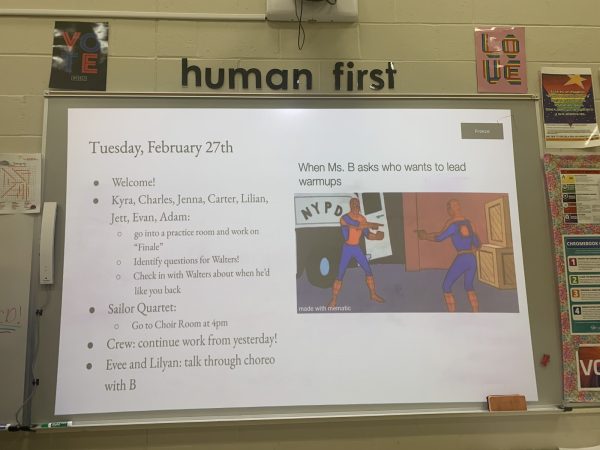
There have been times when students have signed up for classes and those classes have not been able to run. Last year, second semester, English and drama teacher Mollie Jo Blahunka could not teach Acting II because of scheduling conflicts, despite having 16 students signed up to take it. Eleven of these students could take it this year, but five of those students were taking another class and could not move it. This semester, there are 32 people in Acting II, even though next year there are not enough people enrolled to run the class.
“Acting I and II are my favorite classes to teach. I shamelessly tell my English students that it’s unique as an English class and a fine arts class. I think it really helps students build real-world skills that they’re not getting anywhere else,” Blahunka said. “It’s very hands-on and it gives students of every background an opportunity to experience something in the theater whether they continue with theater in their life or not. I think it is a valuable experience for any student to have.”
She believes that Acting II offers a place for students who might not have a place elsewhere and allows them to earn credits while learning a skill that is usable after high school.
While Acting I is about the actor’s role in the production, Acting II is when students get to see the crew side of a production, like blocking, choreography, set design, and how that works with the full production.
“Acting II is such a fun class. To me it is a really unique opportunity for students to take a lot of ownership over their education,” Blahunka said. “Most of the projects and assignments that we do in Acting II have a lot of student voice and choice and it really puts them in the driver’s seat or in the directors chair because it gives them the skills across the board of what goes into creating a production and whether they seek drama later in life or not, those are directly transferable skills about team management, about bringing a project to fruition, about time management that students are missing out on for not participating in that. ”
Junior Evan Heugal, who has been involved in acting and drama since sixth grade, has been looking forward to taking Acting II his senior year and exploring a career in the theater and drama realm. He has enjoyed the safe place in the theater community to express himself and how much theater has taught him about how to present ideas to others. Heugal says he typically plays the comedic relief characters, and his favorite characters have been Tripletime, his first character, and Erma, his character for the spring musical.
“I know that there is so much more to learn about in Acting II. It is about taking what you learn about in Acting I, about how to be a good actor to playwriting, show writing, lighting on stage, blocking, choreography, and props,” Heugal said. “A production is so complicated and acting 2 can show you what is going on behind the scenes, no pun intended. It is just really considering jobs like being a lighting technician, being a sound technician for sure is way up there on my list and so getting to learn about that in acting two would be amazing.”
Heugel was planning on taking Acting II his senior year as a class that he could feel confident in.
“The fact that it might be taken away is shocking and it throws a huge wrench in my plans…,” Heugel said. “That is wasted time and money when high school is a time to explore. Getting rid of exploratory classes defeats the purpose of high school.”
Advanced Journalism- The news never sleeps

While Video and Audio Broadcasting and Acting II have been running for years, this is Advanced Journalism’s first semester. Hansen has been teaching journalism for 10 years at three different schools. This is Hansen’s third year teaching journalism at AHS. She has had two sections of Journalism each year except for last year, where she also had scheduling conflicts and could only teach one. The Talon is the student-run new media team that produces content during Advanced Journalism. The Talon launched its website through the introduction of Journalism class three years ago in October, and this year its Instagram has reached 700 followers. Hansen believes that The Talon helps build culture within AHS and outside of the school community through the connections that student journalists create with their sources and content. Advanced Journalism is project-based and has a place for everyone, even those who do not like writing or interviewing people.
“The fact that here I have my students who take Journalism. You have 18 weeks with me, I try to teach everything I possibly can about journalism, how it’s evolving, that kind of thing. And then what do they [students] do? If you really like it, and you decide that you want to go to school for it or maybe you want to go straight into a freelance job, there’s nothing more you can take past Journalism,” Hansen said. “So I was like, ‘Ok, this needs to change,’ so that’s when I decided to do this. First, to write a proposal to create this publications class, and that took about two and a half school years to come to fruition. We have all of these students in here who have been waiting the last few years to take this class because it’s relevant to what they want to do after high school.”
Hansen believes that without The Talon, students will miss out on some of the interactivity and community building that The Talon does.
“This really is about forging a community, forging a culture, and that’s what The Talon brings not only to AHS but to the district to the community. They’re able to tap into lots of different realms with our staff and the students alike and I think that would be very detrimental to take that away,” Hansen said. “We’re lifting voices. We’re putting people, not only students but also staff, in the spotlight that don’t ever have that spotlight…If you look at the wall, that’s [the awards] only from the introductory journalism class. They’ve earned so many awards and recognition from being in Journalism for 18 weeks. It would break my heart if our community and our student body and our staff lost that. It feels like our community would lose a voice and students would love their platform.”
Some of the things that journalism students cover are student-athletes and students in the arts.
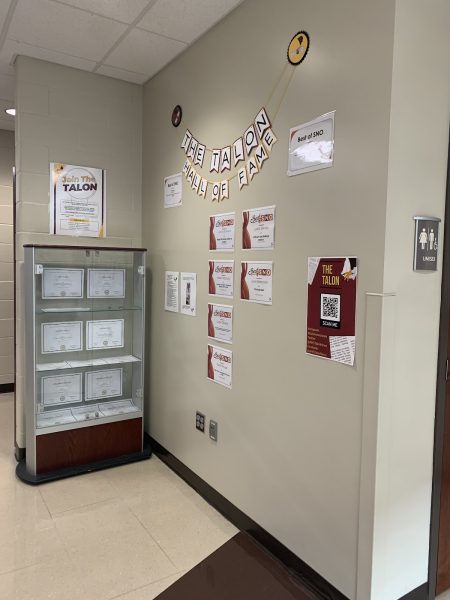
Hansen has not hidden how important journalism is to her. She has in the past worked as a journalist and often encourages students in her other English classes to take it.
“[This class] means a lot to me. I feel like all of my journalism students are depending on being able to use this as a platform to inform, to better the school, to better the community, to better the world really, and it feels heavy because I do not want to let my Talon journalists down. It means a lot, it means everything really,” Hansen said.
The Talon has its roots in the 1990s and early 2000s, but Hansen revived it three years ago when she restarted Journalism and began the website. Robin Hodak Fields, former Talon adviser, was an English teacher at Iowa City High where Hansen student taught. The Talon took a long hiatus and has had advisers in between Hansen’s arrival, but when she arrived in 2020, it was nonexistent.
“I guess I was just kind of in shock that a school of this size did not have a student-run newspaper. Journalism has always been a part of my own life, even at the high school level, and like I said I was a yearbook adviser when I first started teaching and then a newspaper adviser. I took over at my last district when the adviser before me was there for decades,” Hansen said. “A school this size with all of the accomplishments that our students have that are not always in the bright light… Our Talon student journalists can tap into other accomplishments that may otherwise go unnoticed and represent the voiceless and the stories that are often not told.”
Hansen believes that the work her students do for The Talon has had a major impact on the community that may be more significant than people realize because many do not have something to compare it to.
“I think the highlights have been watching my student journalists feel so empowered by the important stories that they are telling, whether it’s new legislation, student walkouts, informing the public about human trafficking, or a profile of our social worker or looking at the district k-3 literacy,” Hansen said. “Watching students go out there and get information. Getting well-balanced research and information and packaging that together in an informative, engaging way for your audience. I think that has always been a highlight. That’s exactly the reason why I am so passionate about journalism.”
Asmussen also sees Hansen’s passion for journalism and has his own advice for those who are interested in the field.
“Change is a constant. I would like to find, especially after talking to Hansen, I think you’d be hard-pressed to find someone who has as much passion for her subject matter as Hansen does, especially with The Talon. I think it would offer to students that if you have an interest in video, if you have an interest in that world, if you have an interest in podcasts, in computer programming and web design. there’s something there for you,” Asmussen said. “If you get to that class, imagine an independent study where it’s student-run, student-oriented, student-led. Hansen and I are kind of there to guide and that alone. You got to have that motivation, you can’t sit back and let it come to you. You’ve got to be the one doing the initiative.”


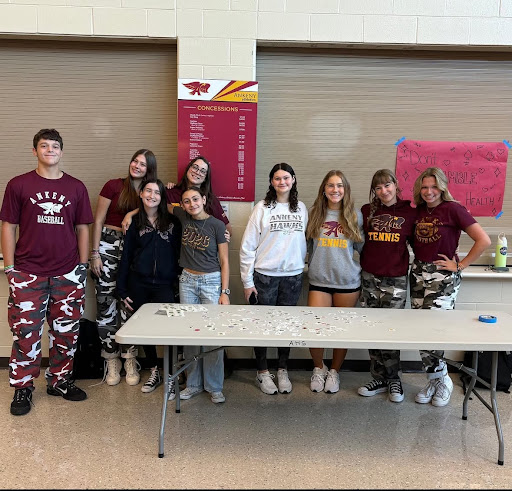





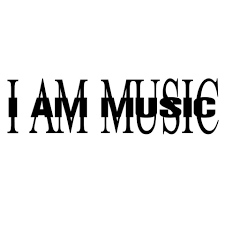






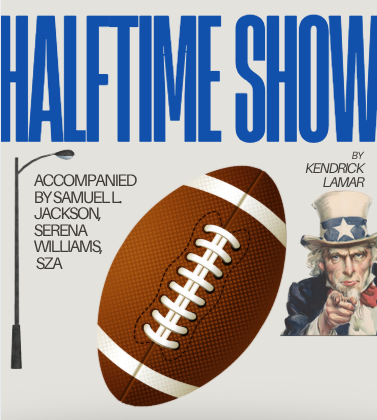
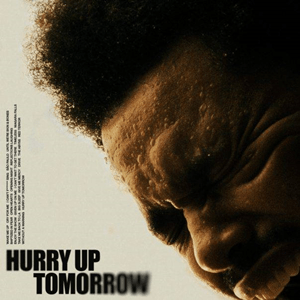
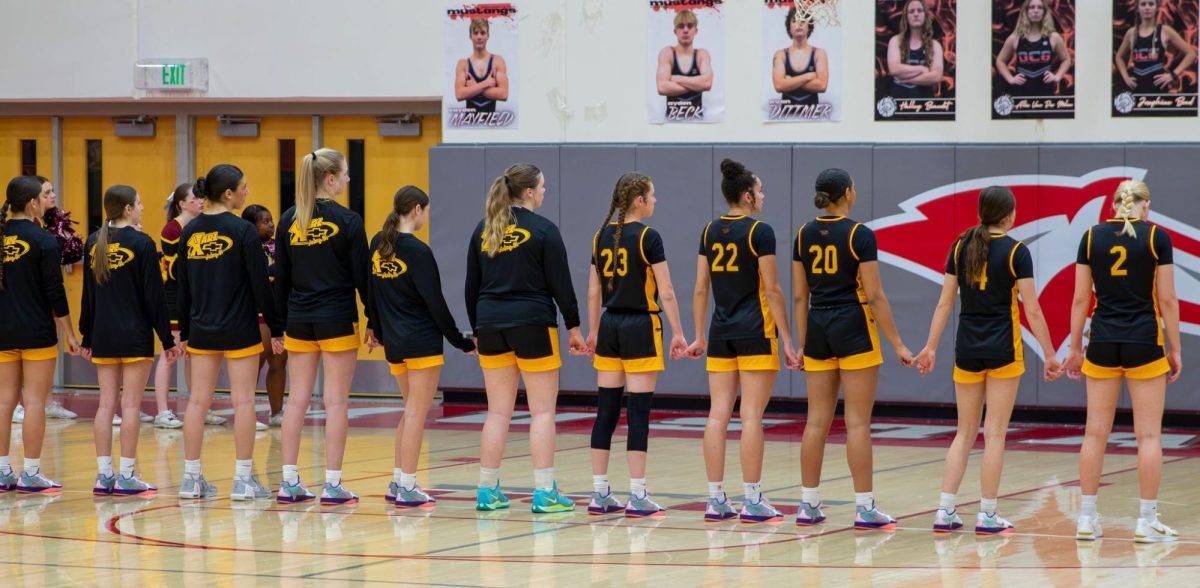


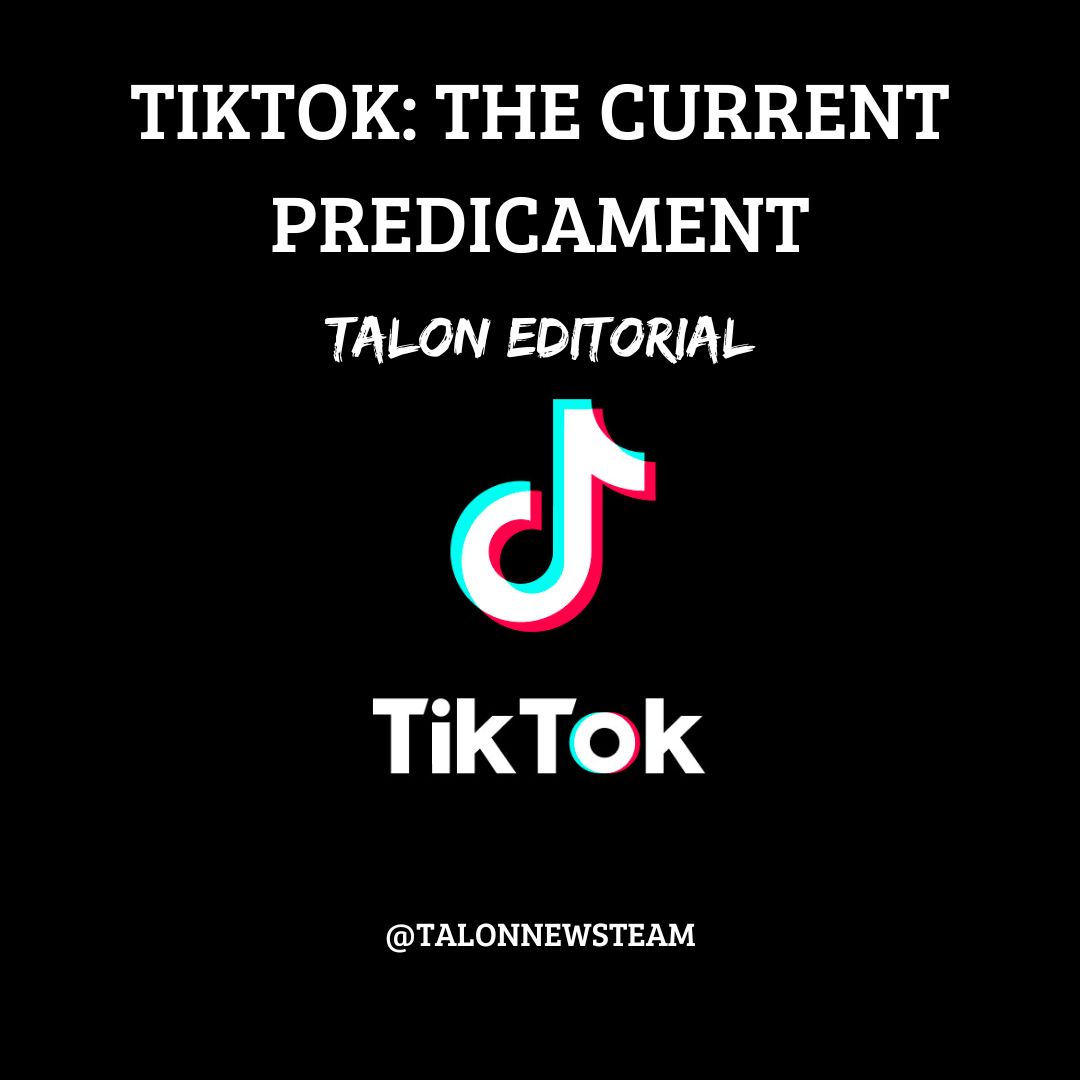






![Bing talking about the plan for the day with her students in one of her AP Biology courses. “If I wasn't passionate about working with students, I don't think [I’d stay in teaching], but no, it's absolutely the students that I have that [make it worth it,” Bing stated. Photo taken by Sylvia Bartlett.](https://ahstalonnews.com/wp-content/uploads/2025/04/bing.jpg)




